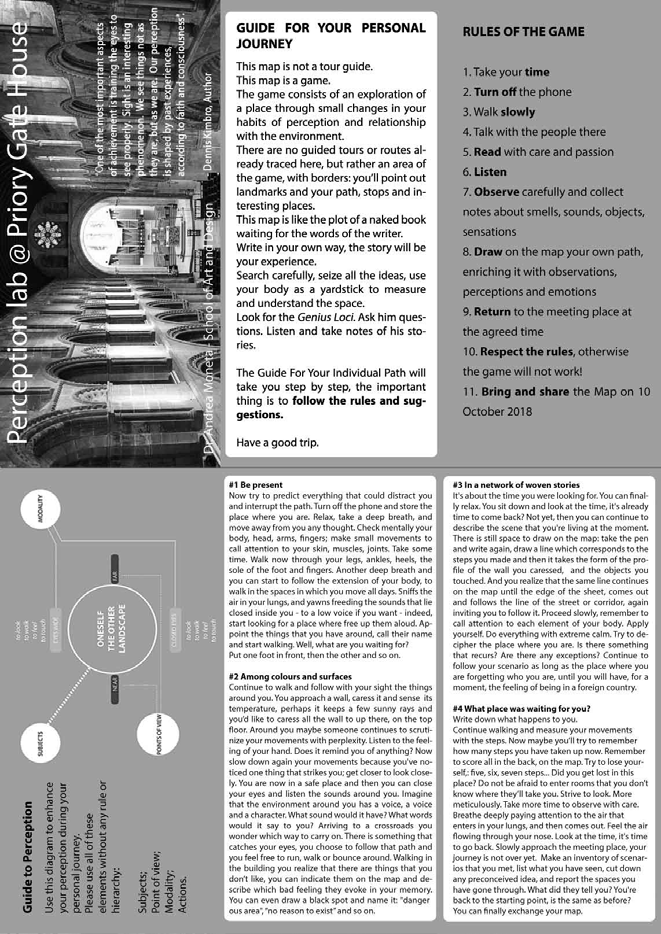Design
To answer my research question, I designed and planned a series of learning activities using a constructivist approach, for level 5 BA (Hons) Architecture students, utilising the aforementioned collaborative pilot project; the aim was to help Architecture students to engage with the character of architectural spaces for site-specific design, and to test the validity of this methodology –partly derived from theatre- in a different discipline.
In constructivism, the learner is an information constructor; for this successful learning theory in fact, the learning process is not a passive, top-down process, but an active process of constructing knowledge (rather than acquiring it) through personal contextualised experiences, replacing or adapting their existing knowledge.
To design and plan learning activities I utilised a combination of Active Learning approach, based on Experiential learning (Kolb, 1984) and Case-based learning (CBL) to ‘bridge the gap between theory and practice, between declarative and functioning knowledge’ (Biggs, 1999).
The integration of these two learning theory approaches was needed to broaden the range of on-site and in-class activities and to foster ‘collaborative learning, self-reflection and critical reflection, integrating knowledge and practice (Williams, 2005).
The final goal was to totally immerse the students into a case study involving the exploration of an historical building in Worksop and using this ‘concrete, here-and-now experience to test ideas and use of feedback to change practices and theories’ (Kolb, 1984).
The activities had been informed also by my professional practice as an architect and site-specific theatre designer, inspired to Situationism and Debord’s Psychogeography centred on the interaction between space (architecture) and people (student); I then designed all learning activities following Kolb’s four-stage learning cycle as follows:
a) Perception Mapping (experience a)
b) Session on site-specific (experience b)
c) Peer review (reflection)
d) Workshop (conceptualisation)
e) Presentation (experimentation)
To measure the impact of all the learning activities on the students’ experience, I designed an anonymous questionnaire with sixteen questions and I used data collected to assess key elements of the methodology and its overall effectiveness.
These learning activities have been summoned into a resource for academic staff with the aim to extend this methodology to a wider context of academic practice, including design for heritage, psychology, social sciences, geography and urban planning.
